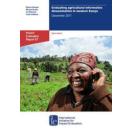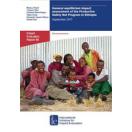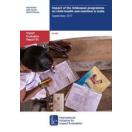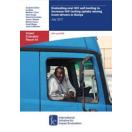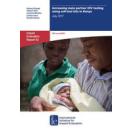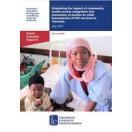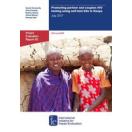Impact evaluations
These are final reports of 3ie-supported impact evaluations that assess the difference a development intervention has made to social and economic outcomes. We fund rigorous evaluations that include a theory-based experimental or quasi-experimental design, and we use the most appropriate mix of methods to capture outcomes and answer what works, for whom, why and at what cost.
Latest impact evaluation report series
Impact evaluation report series
Looking for more impact evaluation evidence? Search our impact evaluation repository to find both 3ie and non-3ie funded studies, summaries and links to the original studies

